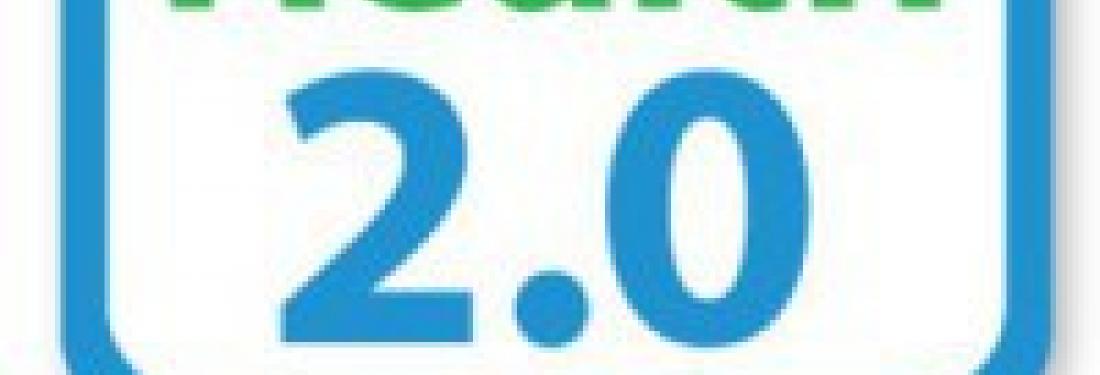A team from Urban Design and Planning Company attended Health 2.0 2015 earlier this month and the first thing that was obvious was a decreased presence of wearables and devices from last year’s conference. This year was more about innovative ideas on how to leverage the data that comes from all these new devices, as well as consumer solutions that offer patients health-on-demand, and solutions for providers that aim to alleviate the hassle of administrative tasks, such as entering information into medical records. Some of the trends we observed at this year’s Health 2.0:
Big data...what now?
Big data was the big craze last year and at Health 2.0 2014 we found that companies were focused on the technical discussions around how to handle all this new data and integrate it with existing healthcare systems. Providers were not enthusiastic with the prospect of more patient data, but tech companies were up for the challenge and went ahead and built a myriad apps to analyze all of the health care data out there such as Ayasdi, Sentrian, and Healthline. Technical hurdles have indeed been overcome, however, we feel that the user’s perspective was missing from these solutions. What are users supposed to do with all this new, aggregated data? Accordion Health was one of the rare standouts in this space, taking a very user focused approach to data analysis. Also, the availability of new data sources raises a number of design (and ethical) questions. When a patient’s data from his wearable device is added to his chart, the patient will expect the caregivers to be able to digest and make sense of all this new data, alongside, say, his EKG. But who is responsible for this data and who is looking at it? Should doctors be trained to analyze this data? Is it too much information? Are some apps just collecting data for data’s sake?
Health-on-demand
This year we saw a surge in the number of apps that facilitate the care provider coming to you, either via text or video, like MedWand, Doctor on Demand, and VSee. While serving a patient need, providing convenience and timely access to care, the challenge ahead with these services is on the provider side who report that these virtual visits are, in fact, taking longer than office visits. With a 30% shortfall in primary care providers these days, these services could be putting a stress in the system instead of doing the opposite. The question is, why are remote visits taking longer and how can they be improved? We also haven’t seen any data on adoption rates of these services nor how effective they are at addressing patient needs, aside from the increased convenience.
Provider focused apps
At a time when providers are spending 44% of their time recording notes and data into EHRs, it is high time that people look more closely at this problem. One band-aid solution we heard was the use of Google glass to record patient visits which are then entered into EHR through trained transcribers. Augmedix was a good example of this. However, the real culprit here is horrible EHR UIs. In fact, Dr. Robert Wachter, the keynote on Day 2 noted that one hospital advertising for a doctor stated that they don’t have an EHR as a value add. A couple of our favorite EHRs at Health 2.0 2015 were EMA from Modern Medicine, an iPad app for visually entering patient data during patient visits, and Athena Health’s new secure texting app integrated into its Clinicals product. However, most of the products we saw demoed had so much potential to be better. The question here is when will the time spent on bad technology interactions be so egregious that mainstream companies like Epic and eClinicalWorks (who, by the way, demoed a new UI that was “eh” at best) will be forced to spend money on creating a great user experience because their customer base has rebelled.
Overall, while some companies have identified compelling solutions to real problems in the healthcare industry, we did leave this conference with the unsettling feeling that healthcare doesn’t get UX...yet! User experience design, a practice that has been around for decades, applies research methodologies to look at how to best design products that users will actually use - a simple but powerful concept. There are challenges, but I am optimistic that things are changing and the next gen solutions will put the needs of patients and providers at the center of their products.
Read more on our Health 2.0 takeaways: Innovative Health Technology Launches at Health 2.0, User Experience Still Lacking


